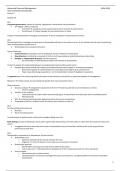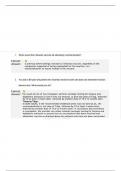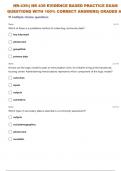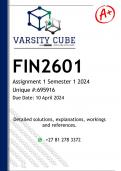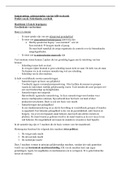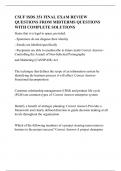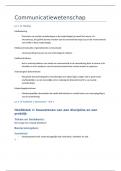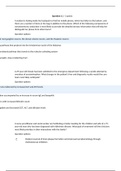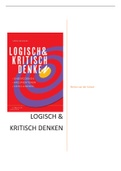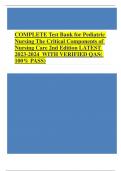Samenvatting
Summary AFM book Corporate Finance Berk & DeMarzo - Advanced Financial Management - VU
- Instelling
- Vrije Universiteit Amsterdam (VU)
Summary of the book Corporate Finance of Berk & DeMarzo Summary of the recommended material in Lecture 1 t/m 10. Chapter 2, 3, 11, and 12 are missing out, because for me it was assumed as general knowledge. Sometimes there are soms hidden Dutch words involved
[Meer zien]
